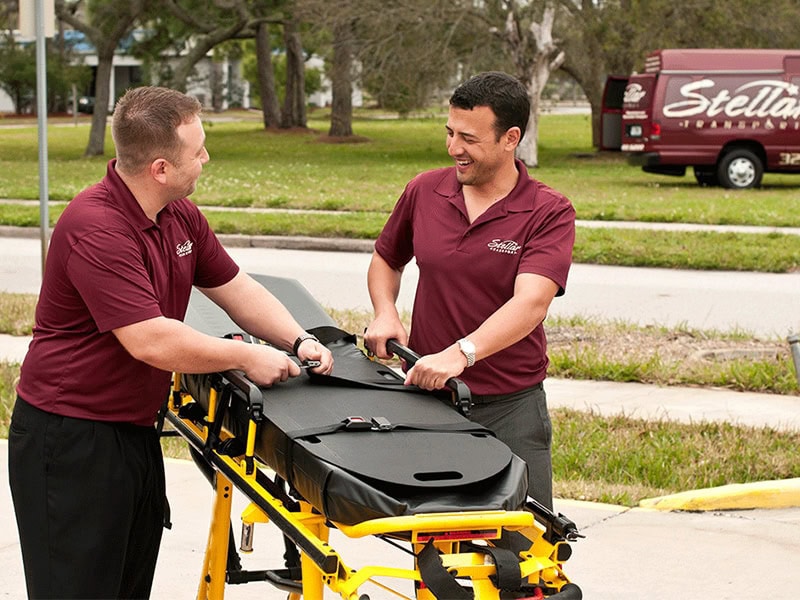When a life and death decision rides on every second, the proper equipment can be the difference. To emergency medical services (EMS) personnel, stretchers are not gear—they’re lifelines. From the chaotic location of an accident to the controlled climate of an ambulance, medical and folding stretchers are critical to patient care, transport, and safety.
Whether you’re a seasoned paramedic, a new EMT, or simply someone looking to better understand this essential tool, this guide will walk you through everything you need to know about folding stretchers.
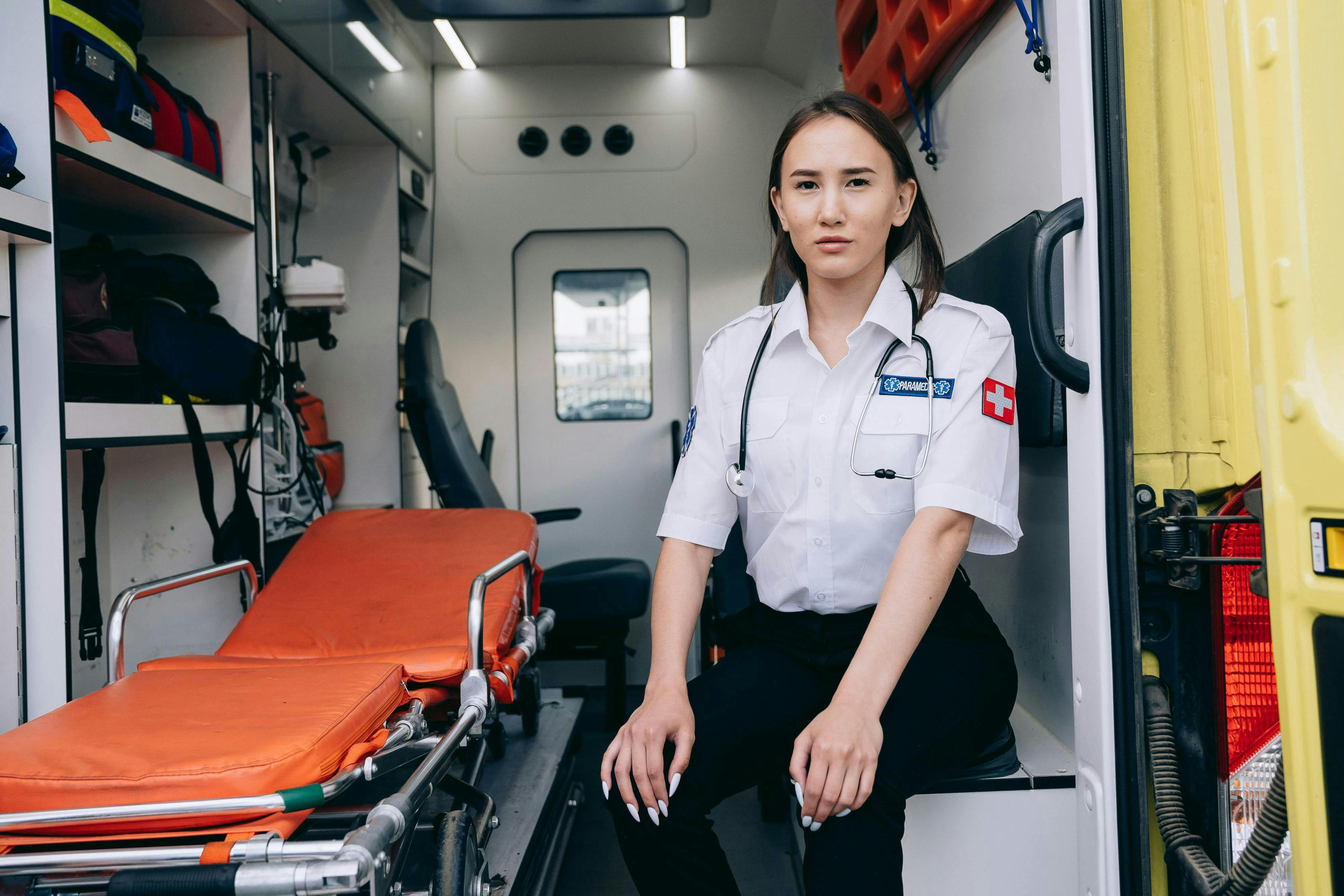
What Are Folding and Foldable Stretchers?
Folding and foldable stretchers are exactly what their names suggest—lightweight, foldable carriers of patients in emergency cases. Made for easy storage and rapid deployment, these stretchers are typically made of durable materials like aluminum alloy and reinforced fabric. What sets them apart from other stretchers is their ability to fold up neatly, making them perfect for emergency conditions where space is scarce and every second is precious.
In contrast to cumbersome old rigid stretchers, which are heavier and harder to maneuver, folding stretchers are designed to be carried into hard-to-reach locations—think disaster scenes, stairs, hallways, or off-road environments. They can feature folding posts that provide stability during transport but can be quickly folded up for easy storage and transport.
Why They Matter More Than Ever
Demand for reliable, effective patient transport is growing even larger. And lo and behold, the global ambulance stretchers market was valued at $2.15 billion in 2023 and is expected to grow up to $2.64 billion by 2029. And what is driving this growth? A growing pool of medical emergencies, an increasing population of elderly people globally, and a growing demand for transportable healthcare solutions.
Foldable stretcher, in particular, is gaining traction because it addresses real-world challenges.
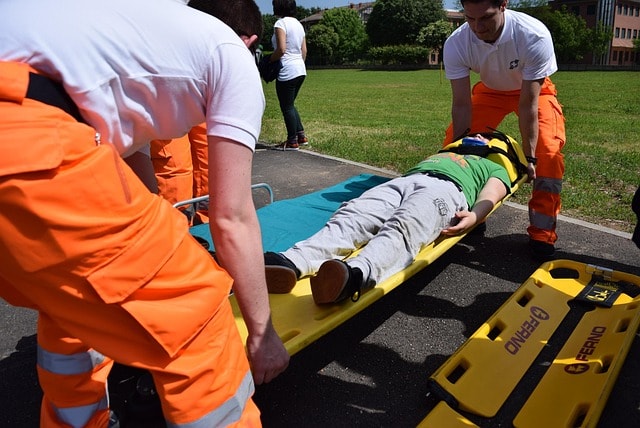
And it’s not just about convenience. Security is most important. Studies have proven that the utilization of advanced stretcher systems, such as power-lift stretchers, has the ability to reduce injury rates for ambulance personnel by as much as 50%. That’s a difference maker—not only keeping patients secure in transit but also the well-being and longevity of EMS crews as well.
Key Types of Folding Stretchers in Emergency Medical Services
Seconds and equipment matter in high-stress emergency cases. That’s why EMS professionals rely on a variety of foldable stretcher types—each for specific situations, patients, and settings. Let’s examine more closely the most common foldable stretchers and how they help first responders save lives more efficiently.
Soft/Fabric Stretchers
Also known as tarpaulin or blanket stretchers, soft stretchers are made of heavy-duty, vinyl-coated nylon or other tear-proof material. They are light, very compact, and perfect for patient transfer in tight areas or chaotic environments where standard stretchers are not feasible.
- Perfect for: Rapid extraction, mass casualty situations, and low-height patient transport.
- Pros: Extremely lightweight, low cost, and easy cleanup.
2-Fold / 4-Fold Aluminum Stretchers
These classic fold-style stretcher models feature a rugged yet lightweight aluminum frame that will not add unnecessary weight. Two- or four-fold, they combine firmness with packable convenience.
- Ideal for: General emergency use, ambulances, and field hospitals.
- Pros: Very sturdy, simple to deploy, and ideal for straightforward storage within small vehicle compartments.
Scoop Stretcher (Semi-Foldable)
The scoop stretcher is a brilliant, semi-foldable piece of equipment that scoops a patient up carefully, especially with suspected spinal injury. The two portions of the stretcher glide underneath the patient from both sides, using little movement to prevent further trauma.
- Ideal for: Spinal injuries, trauma cases, or where cervical spine protection is needed.
- Benefits: Excellent for immobilization, fast operation, and enhanced safety.

Wheeled Folding Stretchers
Collapsible stretchers are made with miniature wheels and are great for transferring patients over flat areas without lifting the entire weight. They possess a typical lightweight aluminum frame and are used mostly in city EMS or airport medical transport.
- Best for: Long corridors, hospitals, or carrying on smooth surfaces.
- Advantages: Decreases EMS staff load, improves the speed and comfort of patient.
Basket Stretcher (Portable Version)
A basket stretcher or Stokes basket is a heavy-duty, rugged model for rescue operations. Though traditionally rigid, portable models are equipped with folding features for easy storage and deployment. Their construction is designed to support the patient in a cradle-like fashion, giving excellent support over rough or uneven terrain.
- Optimal use: Mountain rescue, water rescue, and helicopter evacuation.
- Pros: Extremely stable, strong load capacity, and absolute suitability for remote rescues.
Want to explore more about the life-saving advantages of collapsible designs? Check out Why A Folding or Portable Stretcher is Most Beneficial When in Emergencies.
Top Features to Look for in a High-Quality Folding Stretcher
When choosing from various EMT Stretcher Types for emergency use, reliability and performance come first. These are the key features that separate the high-end model:
- Lightweight yet robust material: Lightweight aluminum construction offers strength without unnecessary weight, while vinyl-coated nylon or canvas creates a stable, stain-resistant surface that is simple to clean and maintain.
- Compact fold design: Folding posts, two-fold posts, or multi-fold designs that fold up for storage in ambulances, closets, or emergency kits are crucial. A compact design is necessary when space is an issue.
- Adjustable straps and safety locks: Stable patient transferring relies on firm, adjustable safety straps to hold the patient in position, especially during transport over bumpy terrain.
- Ambulance or helicopter compatibility: The product size of the stretcher must be compatible with the dimensions of standard emergency vehicles so that it can be quickly deployed in air or land transport.
- Weight capacity and certifications: Be sure to look into the weight capacity and verify that the model complies with industry safety levels or is certified for professional use in emergencies. Heavy-duty durability guarantees repeated use in real-world situations.
Folding Stretcher vs. Traditional Rigid Stretcher: A Comparison
In order to better understand the differences between the two stretcher types, here is a quick table of comparison:
| Feature | Folding Stretcher | Rigid Stretcher |
| Portability | Lightweight and portable | Heavy and bulky |
| Storage | Folds for easy, compact storage | Requires more space |
| Setup Speed | Quick to deploy | Slower to move and position |
| Material | Aluminum frame, vinyl-coated nylon | Steel or rigid plastic |
| Durability | Good for short/medium-term use | Long-lasting and rugged |
| Versatility | Great for remote and tight spaces | Best for hospitals and ambulances |
| Stability | Less stable for serious injuries | Very stable, suitable for trauma cases |
| Cost | Lower upfront cost | Higher initial investment |
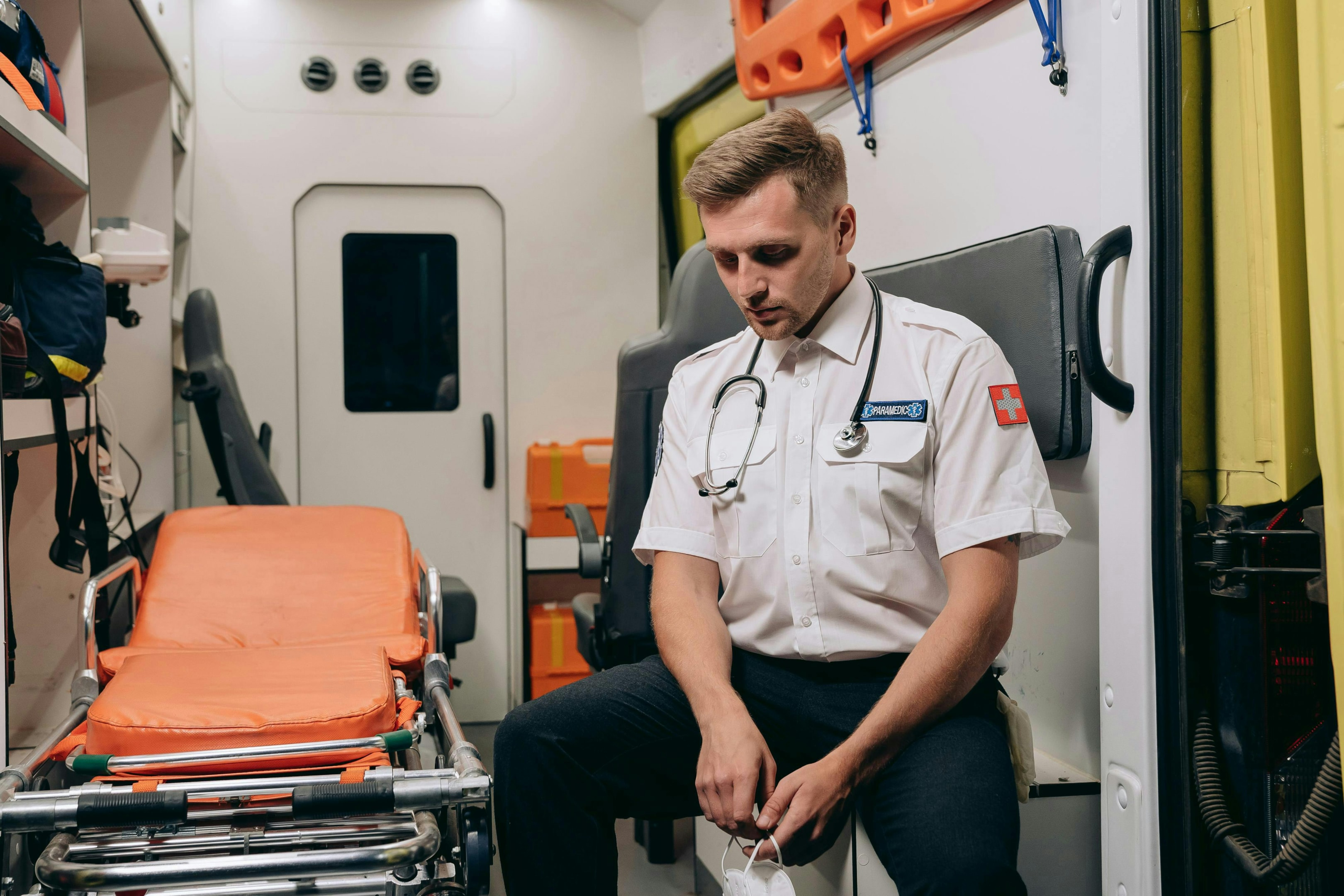
How to Choose the Right Folding Stretcher for Your Needs
Selecting the correct folding stretcher is not a matter of grabbing the first that folds well. It is a matter of finding the right stretcher for your practical requirements.
1. Environment Matters: Urban vs. Rural EMS
In the urban EMS setting, responders frequently must deal with elevators, tight stairwells, and dense traffic. In these situations, compact, lightweight units with two folding posts are most suitable. Select folding stretchers with a rapid deployment feature in cramped spaces, since speed and agility are of paramount importance.
On the contrary, off-road or rural responders need stretchers that will handle bad roads, unexpected delays, and possibly single-handed carry. Durability and heavy-duty construction become more important. Basket stretchers or 4-fold aluminum units are best in this case, especially in rescue use in terrain with bad conditions.
2. Consider the Patient: Weight and Type of Injury
Every patient is different. If you’re repeatedly lifting heavier patients, look for the weight tolerance and load-bearing certification of the stretcher. In patients with a suspected spinal injury, a more stable option, like a semi-foldable scoop stretcher, is safer and better.
If flexibility and rapidity are significant factors (e.g., disaster response), soft stretchers made of fabric or vinyl-coated nylon are handy when transferring patients at high speeds over short distances.
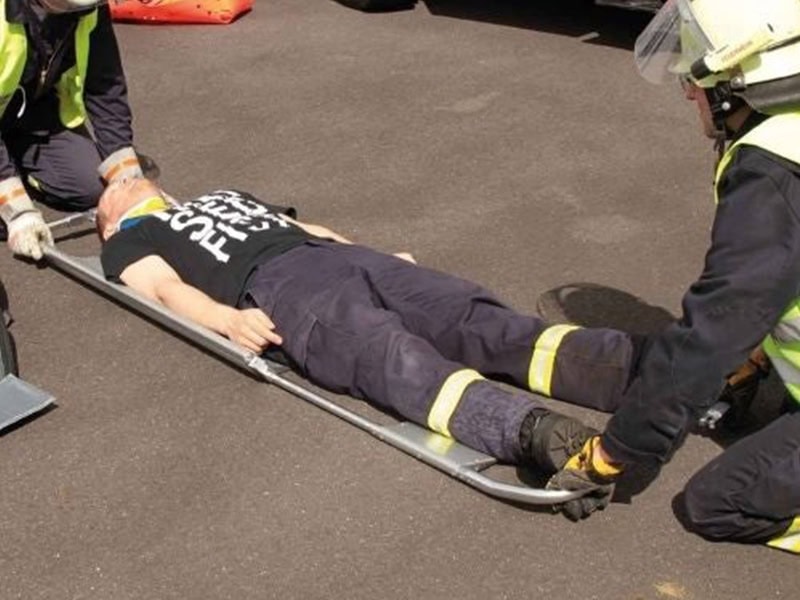
3. Budget vs. Long-Term Value
Price is important—but so is long-term value. A simple folding stretcher might be cheap initially, but if it’s not durable or flexible, you could end up paying more in replacement costs. Think about your frequency of use: occasional event standby? Keep it simple. Are you doing EMS work every day? Spend a little more on a high-quality model with established reliability.
Where to Buy Reliable Folding Stretchers
When purchasing a durable folding stretcher, trust and performance are paramount. At JieKang, we have more than 10 years of track record in providing top-shelf rescue gear that prioritizes safety, innovation, and strength.
Our folding stretchers are designed to endure actual emergency applications—bearing up to 200kg, with robust corrosion and impact resistance to provide reliable performance even in extreme environments. No matter whether you are working in city EMS, rescue in rural areas, or military response, our stretchers are constructed to deliver.
Conclusion: Equip Your EMS Team with the Right Folding Stretcher
Ready to upgrade your emergency response equipment? Get in touch with JieKang to explore our range of durable, high-quality folding stretchers tailored for real-world EMS needs. Whether you’re looking for standard models or custom solutions, our team is here to help. Contact us at +86 199 4191 3491 or email jkyl@jkyl.net to learn more or place your order today.

